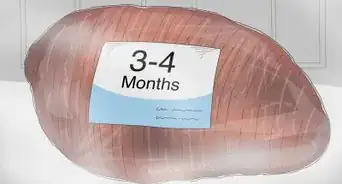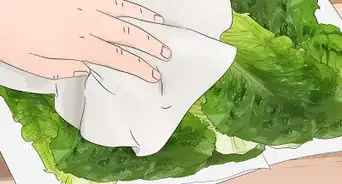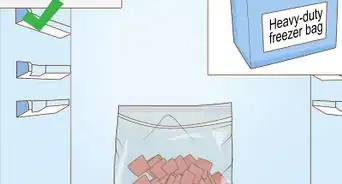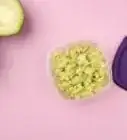This article was co-authored by Chris M. Matsko, MD. Dr. Chris M. Matsko is a retired physician based in Pittsburgh, Pennsylvania. With over 25 years of medical research experience, Dr. Matsko was awarded the Pittsburgh Cornell University Leadership Award for Excellence. He holds a BS in Nutritional Science from Cornell University and an MD from the Temple University School of Medicine in 2007. Dr. Matsko earned a Research Writing Certification from the American Medical Writers Association (AMWA) in 2016 and a Medical Writing & Editing Certification from the University of Chicago in 2017.
This article has been viewed 24,276 times.
Lead is toxic to the human body, so exposure should avoided or minimized as much as possible. Lead poisoning (even from low levels) can damage the brain, nervous system and kidneys, particularly in growing and developing children who are more susceptible. Symptoms of lead poisoning include: learning and behavioral problems, intellectual disability, reduced muscle control, constipation, high blood pressure and convulsions. Nutrition can certainly help protect people (especially young children) from lead poisoning, but having your home and property inspected and "de-leaded" is the most beneficial form of protection.
Steps
Avoiding Lead Exposure from Food
-
1Always wash fresh produce before eating it. Lead was in paint and gasoline for many decades before regulatory rules came into effect in the late 1970s. As such, soil is frequently contaminated with lead dust, especially in heavily industrialized areas. To protect yourself and your children, always thoroughly wash fresh fruit and veggies before you eat them.[1]
- Not only can lead contaminated dust settle on produce, but fruits and veggies can also absorb lead from the soil — making it impossible to wash off.
- It's more effective to remove soil from fresh produce by soaking it in water for a while (30 minutes or so) before scrubbing it with something abrasive, such as a special brush.
- Discourage your children from picking veggies and fruits from gardens and eating them directly. That practice may have been safer many decades ago, but in modern times, it can be hazardous.
-
2Cut back on consuming canned foods. Another relatively common source of lead is from food sold in cans. More specifically, lead can leak into canned foods from tins made with lead solder, which keeps the tins together.[2] So instead of trying to find out which manufacturers use lead soldered tins, it's more practical and healthier to simply eat less canned food.
- Commonly sold canned foods include soups, beans, veggies, fruits and fish. Eat more fresh varieties instead, as they're usually more nutritious, although more expensive too.
- Canned foods also tend to be much higher in salt and they are sometimes contaminated with too much aluminum — which is another metal toxic to the body and brain.
Advertisement -
3Clean meat thoroughly if you're a hunter. Although this wouldn't be much of a concern for your average "city folk," hunting for food in rural areas is still done to a significant extent. The problem is that many types of bullets and pellets used to kill animals contain lead, which can contaminated the surrounding meat and tissues.[3] Therefore, don't just wash the wounds, but cut out the flesh surrounding the bullet wound and dispose of it to be safe.
- Buy bullets and shotgun pellets that are lead free, if possible, if you hunt animals and birds for food.
- If you're unsure of the lead content of your ammunition, consider switching to bow hunting instead. High-powered bows can still bring down large animals from a safe distance.
-
4Avoid imported candy from undeveloped countries. Countries other than the U.S., Canada and most of Europe can have fewer rules and regulations when it comes to lead content in edible products. For example, candy imported from Mexico, particularly types made with tamarind or chili powder, have been found to be relatively high in lead and not safe for children to eat, according to the Centers for Disease Control (CDC) in the United States.
- Obviously most imported candy is safe to eat, but the standards and processing techniques in underdeveloped countries tend to be of lower standard compared to more developed countries, such as the U.S.
- Buy imported candy and foods from reputable stores that are well established. Be very cautious ordering anything edible online.
-
5Be careful how you store food. The storage of food can also be a problem in terms of lead contamination. For example, some food containers and pots contain higher levels of lead, such as lead-glazed pottery and leaded crystal glassware.[4] Avoid storing foods such as rice, pasta and grains in these types of containers for long periods of time. Don't drink water, juice or wine from leaded glassware.
- Glazes found on some imported ceramics, china plates and porcelain contain lead, which leaches into food.
- Food stored in printed plastic bread bags run a risk of contamination because the inks used on the bags may contain lead. Instead, buy your bread fresh from the bakery.
- If you store food outside, always cover it with a lid so that lead contaminated dust doesn't settle onto it.
-
6Use filtered cold water to cook and drink. Many older homes still have lead water pipes and some of the newer ones that use copper pipes are soldered together with lead. The result is that lead contamination in water is pretty common in the U.S. To help reduce lead exposure, only use cold tap water for cooking or drinking (or making baby formula) because hot water often contains higher levels of lead as it absorbs it quicker.
- Use water filters. Ion exchange filters, reverse osmosis filters and distillation can pull lead from your tap water and make it much safer to drink.[5]
- If you don't use a water filtration system and live in an older home, run the cold tap for at least 30 seconds before using it, especially if the faucet hasn't been used for a few hours or so. The longer water sits in pipes, the more lead it absorbs.
-
7Test the soil in your yard. You should test your home and yard (vegetable garden for sure) for lead contamination, particularly if your house was built before 1978 or if it sits near a freeway or busy road where leaded gasoline can pollute your property.[6] You can send in a sample of the soil to an authorized laboratory or have a licensed and certified inspector / assessor come to your house and test it. Sending in a sample typically costs less than $50 to get analyzed.
- If the levels of lead in the soil are greater than 400 parts per million (PPM) you shouldn't grow veggies in or let your child play in or around it.
- If the lead in your soil or exterior paint exceeds 400 ppm, you should contact your doctor and get blood lead tests for you and your children.
Using Foods to Help Protect against Lead Poisoning
-
1Eat foods rich in calcium. A well-balanced diet is very important for health in virtually every way, especially for children, but some nutrients offer more protection from lead poisoning than others. Calcium, in particular, helps keep lead from being absorbed by your body. Healthy foods rich in calcium include: low-fat milk and cheese, yogurt, tofu and some green leafy vegetables, such as collard and mustard greens, spinach, kale and broccoli.
- Aim for 1,000 mg a day of calcium, either through diet or supplementation. Postmenopausal women need 1,200 mg daily. Talk to your doctor about how much calcium you should be taking if you have any existing medical conditions, such as a vitamin D deficiency or hyperparathyroidism, as you may require a different amount of calcium.
- Evaporated milk, powdered milk and foods made with milk (creamy soups, custards and puddings) are also good sources of calcium.
- Although higher in fats, most nuts and seeds are good sources of calcium and other minerals, such as magnesium.
- Calcium is also important for strong bones and teeth, as well as normal muscle contraction.
-
2Consume iron-rich foods. To your body, iron and lead look and act very similar. Thus, when there's more iron than lead within your bloodstream, your body will absorb the iron first and let more of the lead pass through your digestive system. Healthy foods rich in iron include: lean red meat, low-fat pork, dried beans and peas, sunflower seeds, raisins, some leafy greens and fortified cereals and baby formula.
- The recommended daily allowance of iron are as follows: Men between 19 and 50 years old: 8 mg; women between 19 and 50 years old: 18 mg; pregnant women: 27 mg; lactating women: 9 mg; people over 60 years old: 8 mg. Taking high levels of iron may cause GI issues, including nausea and vomiting.
- Breast milk is also a good source of iron and calcium, so breastfeeding your baby is helpful in preventing lead poisoning.
- Iron is also important for strong bones and to make hemoglobin, the compound in your blood that carries oxygen to all the tissues in your body.
- A multi-mineral supplement that contains calcium and iron may also be helpful for avoiding lead exposure from food.
- If you are taking an antacid it may decrease the absorption of iron salts.
-
3Get lots of vitamin C in your diet. Vitamin C is helpful in combating lead exposure because it promotes the absorption of more iron and calcium within your body. Healthy foods rich in vitamin C include: citrus fruits, strawberries, cantaloupe, kiwi, mango, tomatoes, bell peppers, broccoli, spinach, Brussels sprouts, cabbage and sweet potatoes. Most Americans are likely not getting enough vitamin C on a daily basis, so eat more fresh fruits and veggies that are high in the nutrient.
- Vitamin C is easily destroyed by exposure to heat and light, so eat produce fresh and soon after preparing it.
- People and other higher primates are some of the only mammals that don't make vitamin C internally.
References
- ↑ http://www.mayoclinic.org/diseases-conditions/lead-poisoning/in-depth/lead-exposure/art-20044627
- ↑ http://www.mayoclinic.org/diseases-conditions/lead-poisoning/in-depth/lead-exposure/art-20044627
- ↑ http://www.dnr.state.mn.us/hunting/lead/index.html
- ↑ http://www.mayoclinic.org/diseases-conditions/lead-poisoning/in-depth/lead-exposure/art-20044627
- ↑ http://www.mayoclinic.org/diseases-conditions/lead-poisoning/in-depth/lead-exposure/art-20044627?pg=2
- ↑ https://www.cdph.ca.gov/programs/CLPPB/Pages/LRCHomeLeadTest.aspx
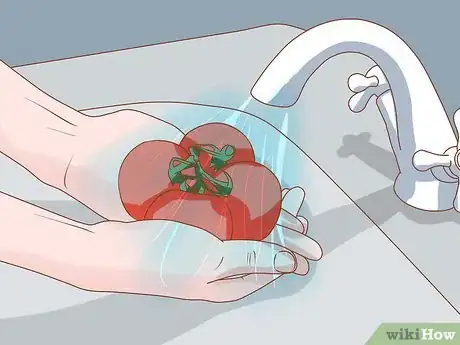
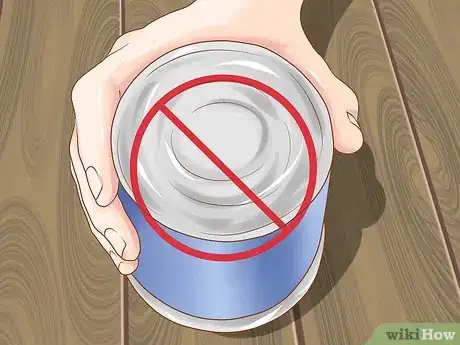

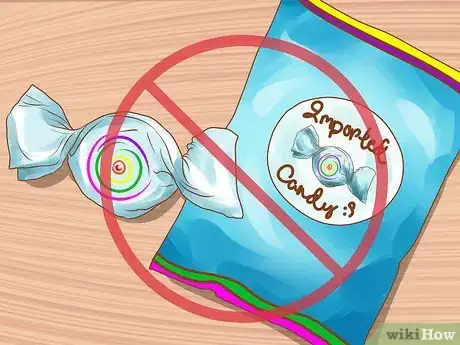

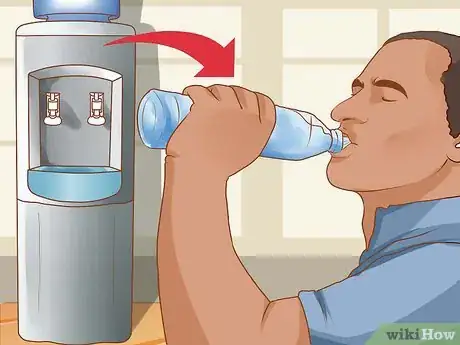

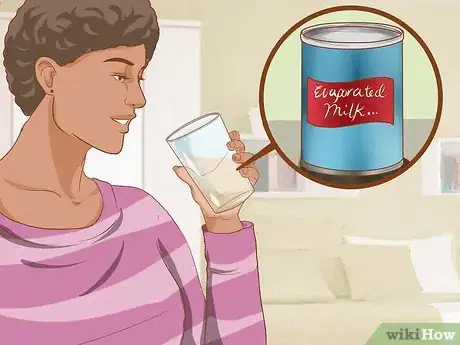
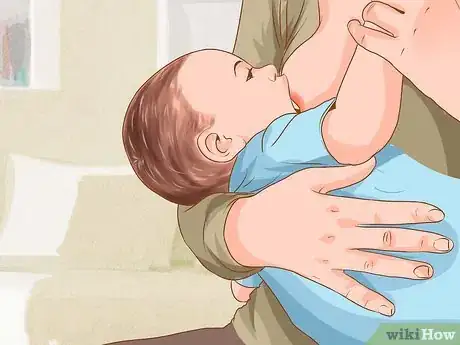
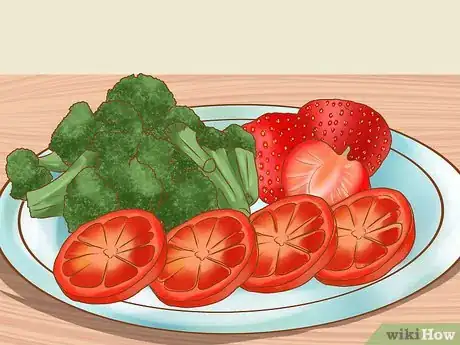



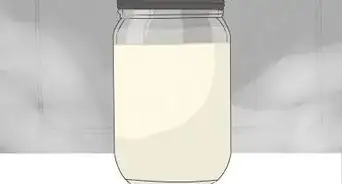
-Step-11.webp)
